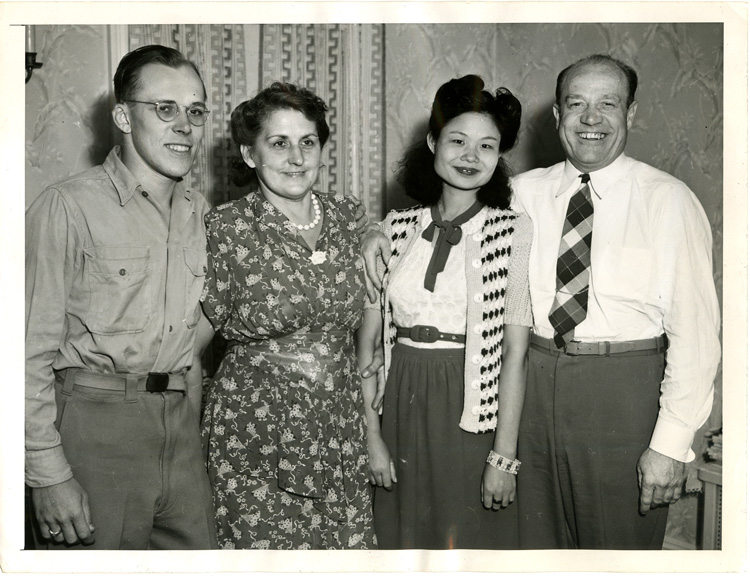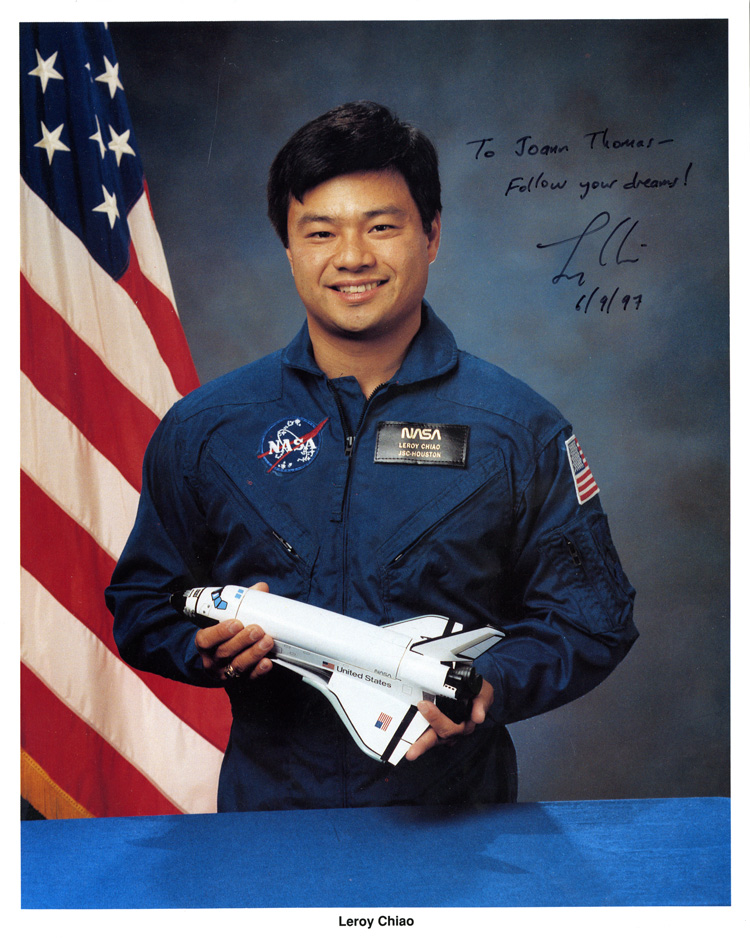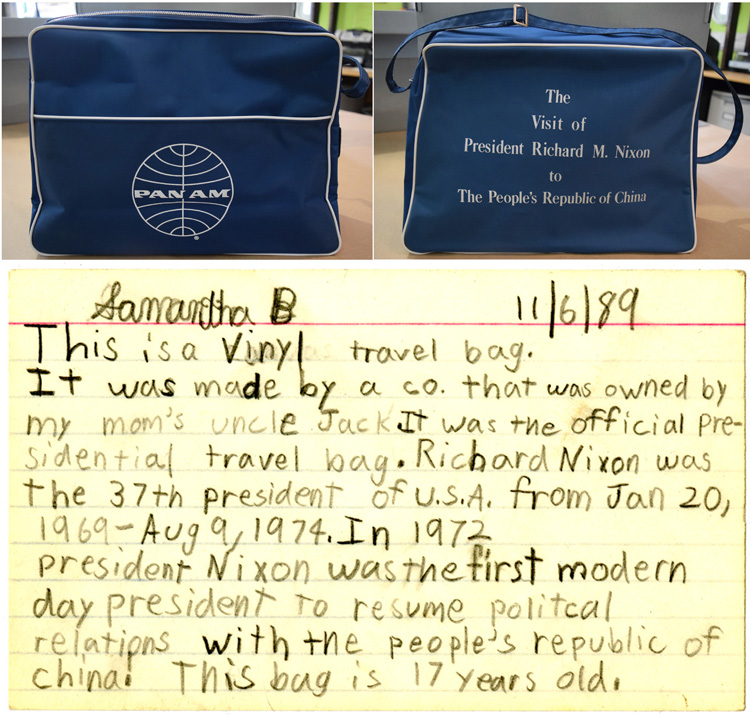In 1945 after the end of World War II the United States passed the War Brides Act. This allowed returning US soldiers to bring back their alien spouse, and children from overseas as a non-quota immigrant. This act would remain in effect for 3 years and seeing more than 100,000 people enter the US under the act.
In 1946, news agency ACME Newspictures published a photograph depicting a young former GI introducing his new wife, who was Chinese, to his parents. Frank H. Rathbone (22) and Wu Shih-San Rathbone (21) met and married the previous year when Frank was stationed with the U.S. Army in China. While Frank was “expecting the worse” when he brought Wu Shih-San to his parents’ home in Queens, NY, the accompanying story notes that the newlyweds were “pleasantly surprised by the warm welcome they accorded her.”


